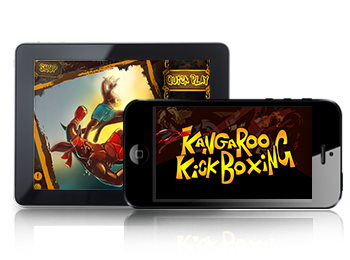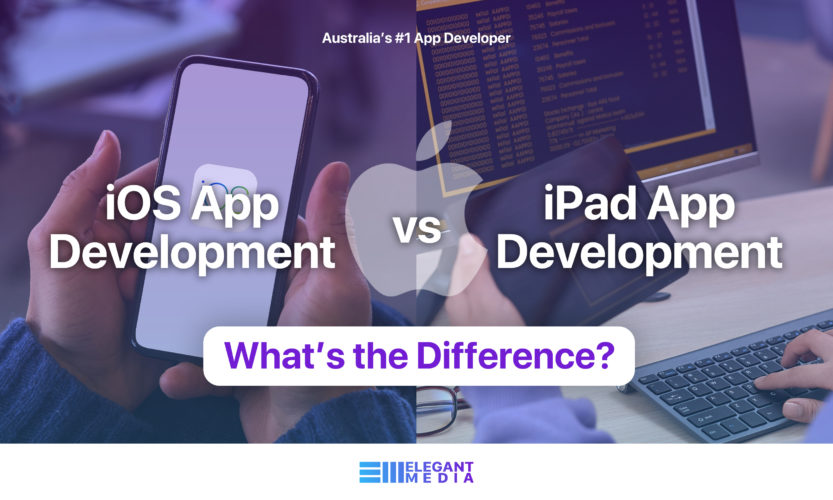
Kangaroo KickBoxing App — for iPhone and iPad — developed by Elegant Media
After the iPad was first released, many people believed that it was just a larger version of the iPhone. However, developers knew that there were more differences than the matter of size. An iPad has special multi-touch functions and interface elements not found on an iPhone. A true iPad app is not a doubled iPhone app. Here are more of the differences.
More Screen Space = More Content
After the first iPad was developed, Ken Chase, founder and CEO of the Omni Group, found that there was room for more content along with gestures and interactions that were not possible with an iPhone. Bill Van Hecke, leader at Omni Group, stated that the first instinct was to fill up all of the new space. However, it was uncovered that it was more important to be able to view the content. In the end, Omni Group released two apps that used the same amount of screen as the company’s iPhone apps.
Experiment with More Gestures on the iPad
When developers were practicing how to design an iPad app, it was necessary to work up a prototype. This helped developers realise that many ideas were not going to work. For instance, designers were used to windows, widgets, and other interface features. However, the iPad required the developers to come up with all new ideas. One of the biggest obstacles was the fact that the cursor position was more complicated than expected.
After practicing on a prototype, it became time to test apps on a genuine iPad. It became necessary to test timing and other gestures. For instance, it was important to uncover what the difference was between tapping or holding down a finger. It was also important to analyse the way that finger gestures worked on a larger interface. Most developers appreciated the fact that iPad apps could contain a full page view that was not available on an iPhone screen. Many liked the “popover” element that seemed more like a true magazine experience.
What Are the Key Differences?
Many developers have explained the differences between iPhone app development and iPad app development. The biggest differance is in the UI (User Interface) and UX (User Experience). Most of the code is similar. However, a person will need to write an additional code for a universal app that supports both devices. It will also be necessary to create a new set of .xib files. Obviously, the screen is bigger on an iPad, so there are more options available. The graphics are similar overall. In the end, it will be important to understand that the dimensions are just a cosmetic difference between Apple’s iPad and iPhone. Development will require a bit more knowledge and comprehension of necessary codes and features.






